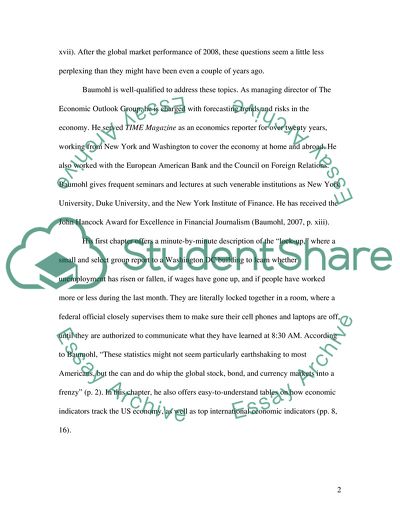Cite this document
(Book Report /Review Example | Topics and Well Written Essays - 1250 words - 1, n.d.)
Book Report /Review Example | Topics and Well Written Essays - 1250 words - 1. Retrieved from https://studentshare.org/macro-microeconomics/1719103-book-report
Book Report /Review Example | Topics and Well Written Essays - 1250 words - 1. Retrieved from https://studentshare.org/macro-microeconomics/1719103-book-report
(Book Report /Review Example | Topics and Well Written Essays - 1250 Words - 1)
Book Report /Review Example | Topics and Well Written Essays - 1250 Words - 1. https://studentshare.org/macro-microeconomics/1719103-book-report.
Book Report /Review Example | Topics and Well Written Essays - 1250 Words - 1. https://studentshare.org/macro-microeconomics/1719103-book-report.
“Book Report /Review Example | Topics and Well Written Essays - 1250 Words - 1”, n.d. https://studentshare.org/macro-microeconomics/1719103-book-report.


